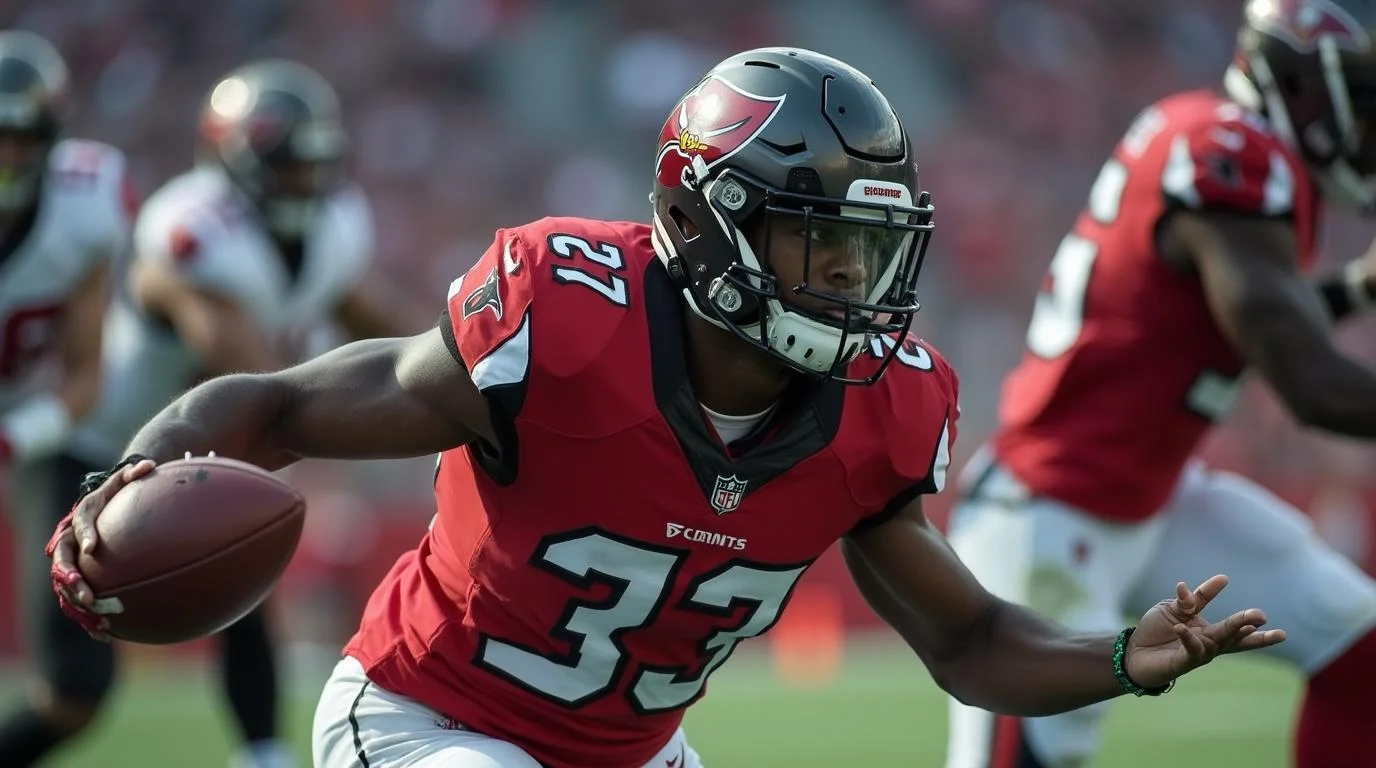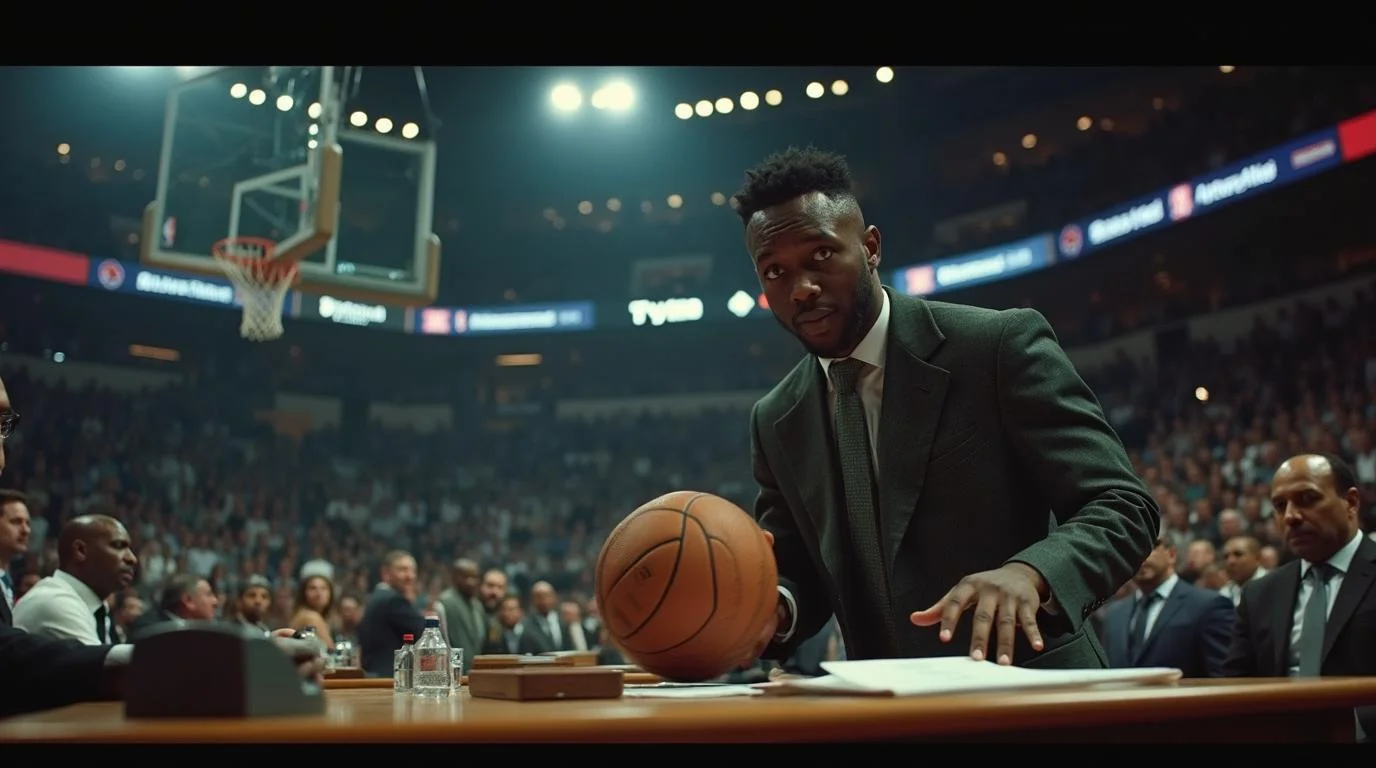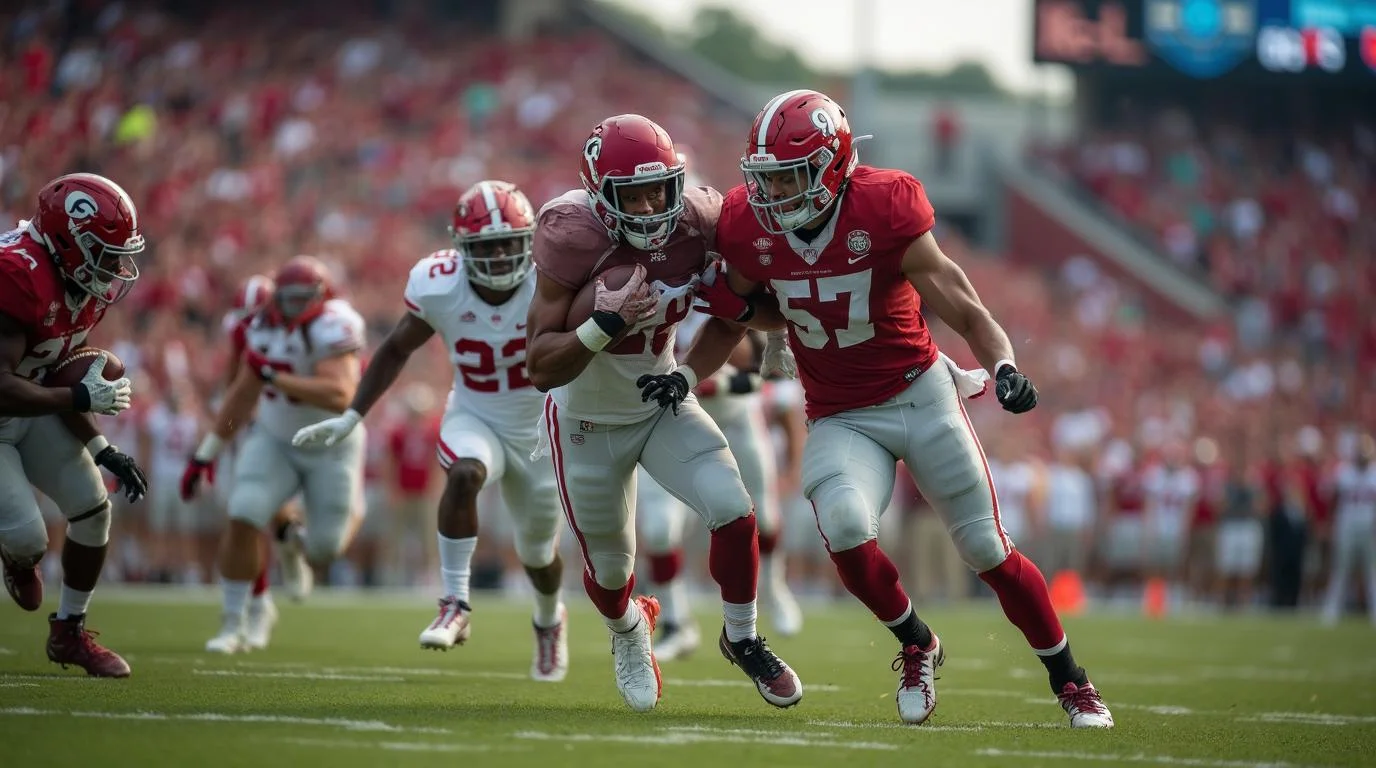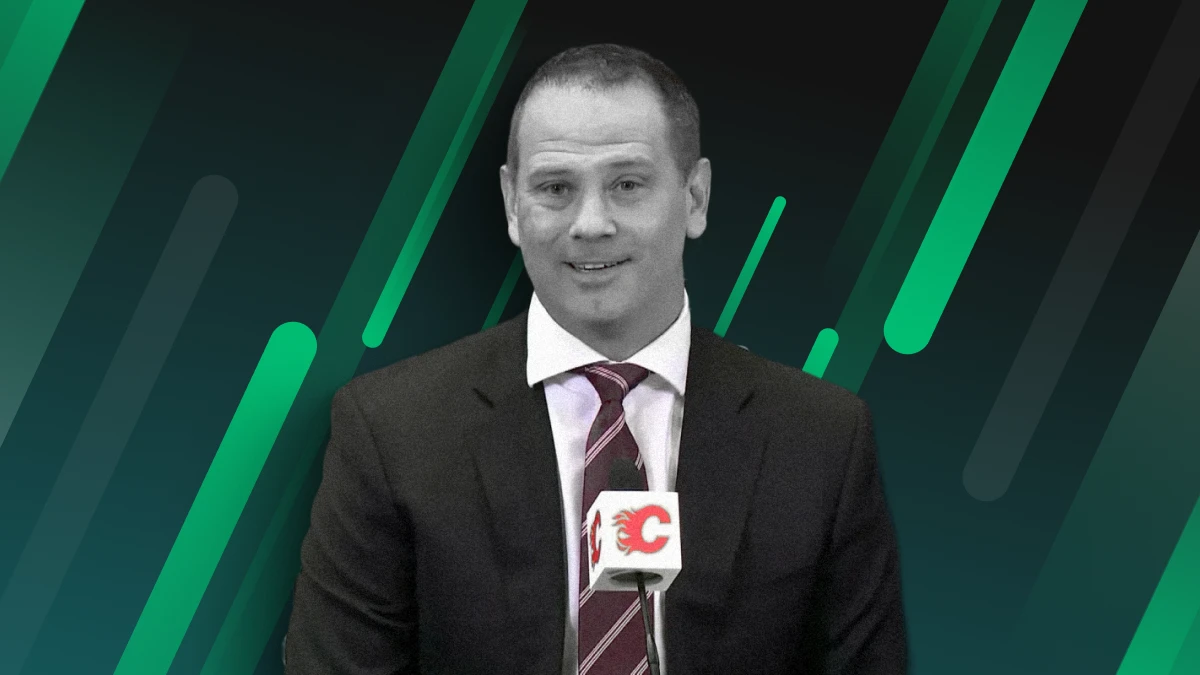Conor Timmins Joins Buffalo Sabres on $4.4M Contract

1.0
Default
Initially trading for Conor Timmins, the Buffalo Sabres may have seen some big value in the star as they avoided salary arbitration after signing him for the next two years at $4.4 million. At just 26 years old, Timmins has already suited up for four NHL organizations – Colorado Avalanche, Arizona Coyotes, Toronto Maple Leafs, and Pittsburgh – before landing in Buffalo, marking the Sabres as his fifth franchise.
Since being drafted 32nd overall in 2017 by Colorado, Timmins has amassed 159 NHL games, tallying six goals and 46 points, along with 64 penalty minutes. He posted career highs last season—three goals and 15 points over 68 games with Toronto and Pittsburgh. So far, his experience with multiple teams and in the playoffs is what makes him a valuable asset moving forward.
Timmins stands at 6‑foot‑3, 213 pounds, offering size, range, and a right‑side shot that the Sabres have been targeting. He averaged a career‑high 16:55 of ice time last season, including 18:43 average during his 17-game stint in Pittsburgh, where his club controlled over 57% of shot attempts in 5‑on‑5 play when he was on the ice.
What Does Signing Timmins Do for the Sabres?
In trading Connor Clifton (signed through 2025‑26 at ~$3.33 M AAV) plus the second‑round pick, Buffalo cleared cap space and changed the defensive profile. Clifton brought physicality and edge, but the Sabres opted for youth and potential upside in Timmins. The deal frees approximately $3.33 million in cap space, giving Buffalo flexibility to retool on the blue line while reshuffling personnel to fit younger assets in their long‑term plans.
Timmins' two‑year, $4.4 M pact, which avoids what can often be a contentious salary arbitration process, gives Buffalo control through the 2026‑27 season while allowing young defensemen such as the newly drafted Radim Mrtka to compete for NHL roles.
Reports suggest that any Sabres prospects vying for the right‑side third pairing will have to outperform Timmins to earn promotion, an expected merit‑based competition. Sabres GM Kevyn Adams noted that Timmins “solidifies our D corps moving forward” as a “solid two‑way player, big, right shot”.
What Makes it Great for the Sabres?
Timmins' trajectory has been interrupted by injuries, particularly during his early career and tenure in Arizona, including concussions and knee surgery. That said, last season was one of his healthiest professional campaigns. At age 26, he still carries upside as a puck‑moving defender who can step into a sheltered but impactful role in Buffalo.
Financially, the deal is low-risk for Buffalo: his modest $2.2 million AAV fits well among the core group of high-end blueliners (like Rasmus Dahlin, Owen Power, and Mattias Samuelsson), without restricting flexibility on longer‑term contracts.
This signing fits into a broader Sabres strategy to fortify the defense while extracting value and cap space from a defense-first asset like Clifton. Pairing Timmins on the third pairing, possibly alongside Mattias Samuelsson, which adds mobility, shot prevention, and shot generation from the backend.
For Timmins himself, Buffalo offers familiarity: hailing from St. Catharines, Ontario, just 30 miles from Buffalo, he joins a team in need of right‑side depth and is close to home. With two years on the contract, he'll have an opportunity to re-establish consistency and potentially earn a longer tenure, either in Buffalo or beyond.
The Sabres' trade-and-sign combination brings in a young, right-shot defenseman with NHL experience and moderate potential for growth at a controllable salary. If Timmins stays healthy and builds on last season's momentum, he could become a reliable fixture on Buffalo's third pairing – offering depth, smart play, and stay-at-home stability with upside.








_800x800.webp)
















